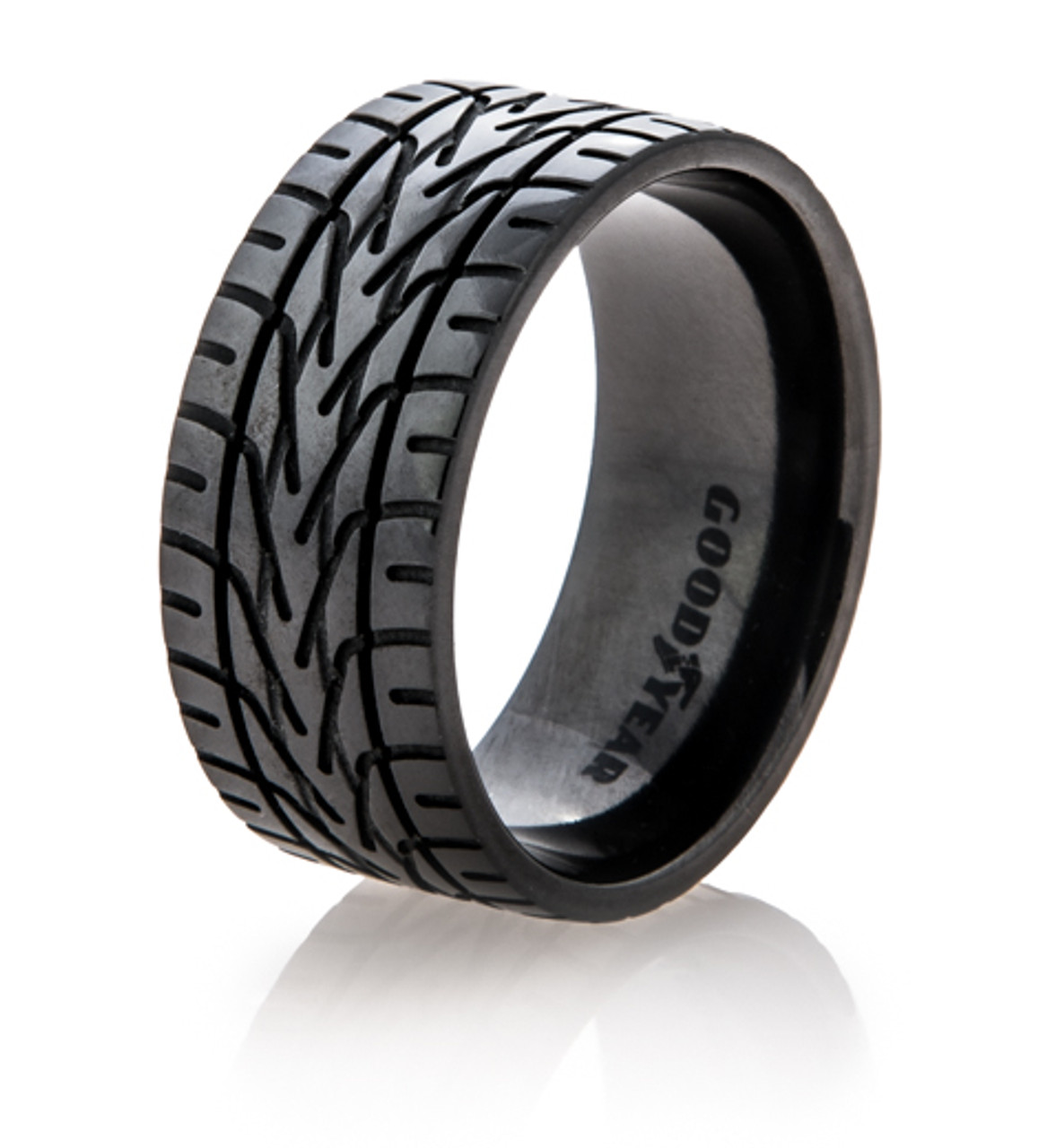Can’t they make the hood any longer? I don’t want to see any asphalt.
That’s like a retro-futuristic classy 1930’s Batmobile…
I don’t hate it
Or the surprised looks of the children as I run them over.
Mercedes are so low to the ground you’d only have a chance of running over a baby laying down. If those are 21” wheels then literally a 6 month old would be above the hood. https://www.cdc.gov/growthcharts/data/who/GrChrt_Boys_24HdCirc-L4W_rev90910.pdf
I’d rather things were kept low than the ridiculous SUVs and trucks with 40" high fronts.
I’m concerned you don’t understand what happens when a moving, 5,000 lb vehicle strikes a human of any age, laying down or standing up…
That has nothing to do with the conversation. It’s clearly about seeing over the hood, which is a very common complaint about many American style SUVs and trucks. In this case your point is even more irrelevant, because low to the ground cars have higher survival rates since the average human goes over the vehicle rather than under it.
It’s a prototype, those look more like 30” wheels.
OK so a one year old, who still wouldn’t be walking outside by themselves.
Edit: though i doubt they’re 30”. It’s an EV with solar panels. The size of the wheels will really matter for efficiency.
It’s a prototype. They are made to look cool, not functional. Like typical camera wing mirrors which all prototypes seem to have, which no production car will ever have. Hell, this car doesn’t have any mirrors on it, or lights that pass regs for any country.
Literally the genesis evs have camera wing mirrors lol. Camera mirrors are illegal in the United States so we’ll never have them here, but they are available in the rest of the world.
Mercedes does, for a while now, have automatic braking if the car detects obstacles.
All cars are required to have automatic braking now.
Sounds like you’re just a shitty driver
Takes skill to hit those little fuckers. They move quick.
ha, ha…true tho
Long front ends need a comeback
bleh. no thanks. hate having to estimate where the hood ends on rentals etc.
Finally, we’ve returned to designing coupes that look like penises.
Honestly I love this body shape. It’s an expensive car for expensive people and it harkens back to the last time we had runaway wealth inequality. 10/10
It’s the Batmobile!
Seeing comments nitpicking the body shape… it’s the exact body shape it needs to be to get rich investors to finance it and tech bros to buy it. Smart move.
They can expand to sedans and SUVs later.
I think it’s more to maximize surface area for solar power generation.
There’s nothing inhibiting their engineers from designing sedan and SUV bodies with comparable surface areas.
I doubt it generates enough energy either way. If that mattered they’d put in a long ass trunk as well.
If I neglect to pay the subscription, does it start draining power instead?
So much negativity in this thread. It’s a cool concept and a sexy car.
It was a lot sexier before they made the car subscription based
You realize this is a concept car, right? There’s no price, let alone subscription. Nor does the article even mention them considering that idea.
And a bunch of concept cars never see production. Most don’t. This will probably be forgotten in a month.
I’m a little thrown by “20% efficient” when paired with “allows 94% of solar energy to pass through.” Are they saying it captures 20% of 6%, i.e., 1.2% of the incident solar energy? Or are they saying 20% is captured and 94% passes through for a total energy recovery of 114%? (This latter is not physically possible, but that doesn’t mean it’s not what they’re saying.)
Basically I would rather they listed the power output of the solar system in Watts.
94% makes it to the solar capture, which is 20% efficient. So 20% of 94%. Bear in mind these are laboratory numbers, not real world. No one will ever get that in the real world.
So using their numbers of 11 square meters at 1000w/sqm, and 18.2% efficiency would mean 2002w nominal assuming the entire car is illuminated. Multiply that by 4*365 to get the average annual production (2922kwh). Then multiply by 6km/kwh for the distance you could drive (17538km).
Article says 17000km/yr
So I think they’re overestimating by at least 40% since the whole car will never be completely in the sun.
2kW is a LOT of production. That’d be enough to run most homes. If it’s able to produce that for five hours a day they’d hit that 17000km figure no problem.
2kW × 5h = 10kWh 6km/kWh × 10kWh = 60km 60km/day × 365days = 21900km
I went with 4kwh/kwp instead of the 5 hours you suggest since that’s more common around the world. Assuming you’re actually in the UK, I’d bet you’re more likely to see 3-3.5 in a country so famous for soggy weather.
Also, the more relevant point would be that the whole car can’t be in the sunlight all day, unless you park next to a giant mirror.
So it can power… what? The radio?
The headlights. So they can blind you with the ridiculously bright LEDs.
So the car itself might not be really sustainable, but it leads money and attention to solarpower by making it sexy, and that alone is already a good thing.
I’d rather have actually efficient solar panels at home to charge a regular EV with; this is some solar frickin roadways level impractical nonsense. What if the paint goes opaque after a few years? What abput scratches and dings?
Also can we make the wheels any bigger?
Opaque? That’s a fire.
Scratch? That’s a fire.
Ding? That’s a fire.
And somehow it is still less likely to engulf in flames than a Cybertruck
it’s a solar cell not a lion battery.
Yes but did you know that there’s electricity flowing through a solar panel? If you damage or shade one cell, and the panel is under load, the full load has to pass thru the damaged cell. This can cause a fire. A lithium cell causes a fire when punctuated or damaged because you’re basically bridging the terminals internally and most chemistries go into thermal runaway after a certain temperature has been reached.
Yes but did you know that there’s electricity flowing through a solar panel?
OMG REALLY? PHOTOVOLTAICS THAT CONVERT SUNLIGHT INTO POWER HAVE ELECTRICITY INVOLVED? NO SHIIIIIIIIT!??!
pfft
If you damage or shade one cell, and the panel is under load, the full load has to pass thru the damaged cell. This can cause a fire.
yes, something like .03% of solar installs will incur damage at some point over their installed life; if there’s brush and easily ignited material around the dc drop there can be fire issues. Every single report I’ve seen on this calls the risk ‘extremely low’.
now, do you think mercedes built a car that can catch fire every time the door’s dinged at the supermarket?
Do you really think that?
REALLY?
Because if you think this is a standard rooftop panel and there aren’t any considerations to being on an automobile I think you need to take some time and introspection.
a tiny bit of digging:
Here’s the reassuring part: solar panel fires are extremely rare.
In the UK, a study found only 80 solar-related fire incidents across 1 million installations (BRE National Solar Centre).
In Australia, regulators reported fewer than 1 fire per 10,000 systems annually, mostly caused by faulty DC isolators—not the panels.
When installed properly, solar systems are far less likely to start a fire than many everyday electrical devices.
so no, I don’t classify this as the same thing as a battery, and if you had half a brain, you wouldn’t either.
This paint is worth a lot. They should sell it. Apparently developed by them. Zero publications. How is it wired is the big question.
“silicon-free”? Is that a selling point? Is silicon good or bad in some way?
Money
Silicon needs a lot of energy to be produced.

I’m curious to see how the material holds up
Design inspired by the hit game “Cyberpunk 2077”, I assume?
I thought it’s the original batmobile from the 90s.
The original screen batmobile is from the 60s, and the comic version is from the early forties 🤓













